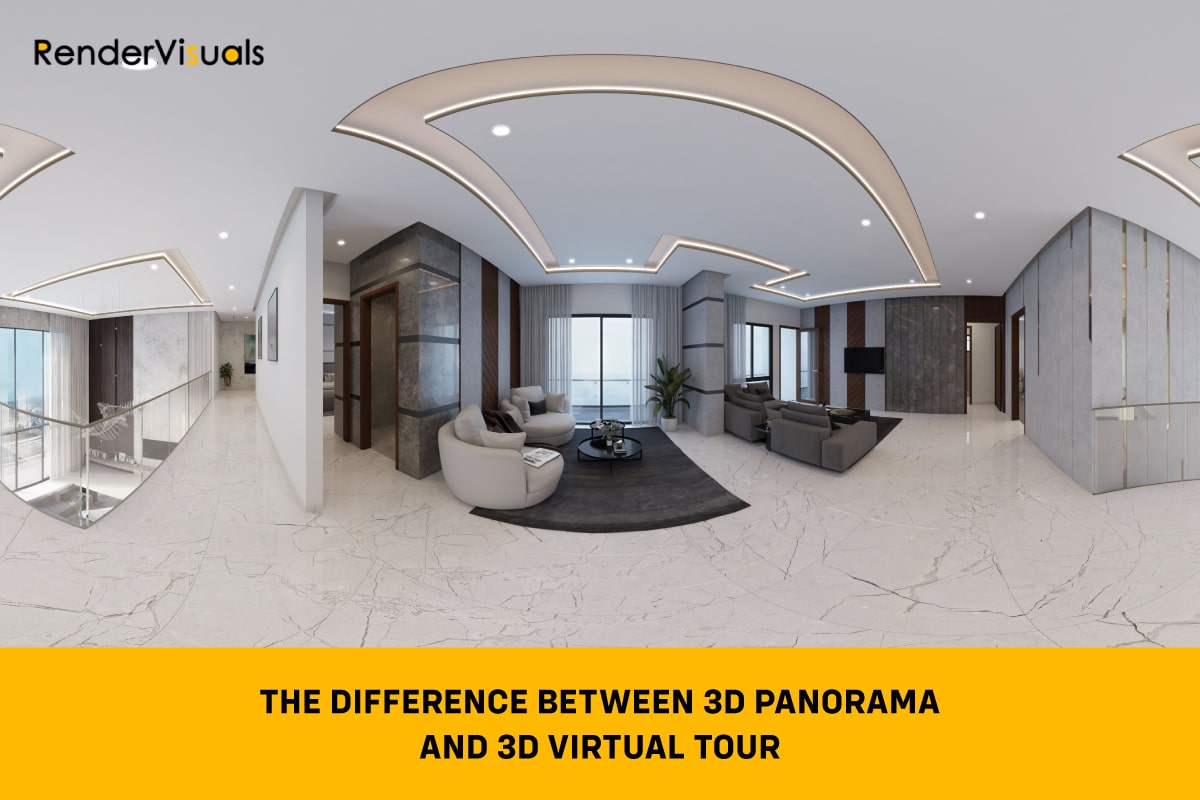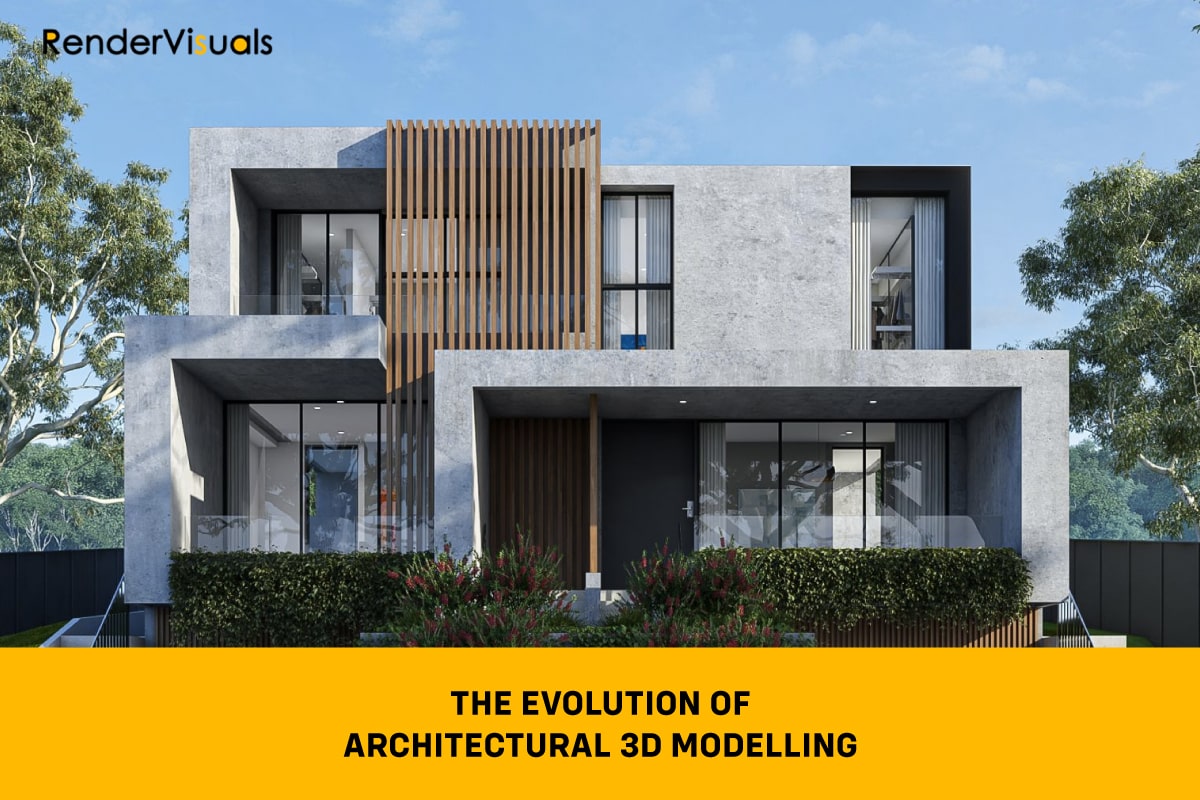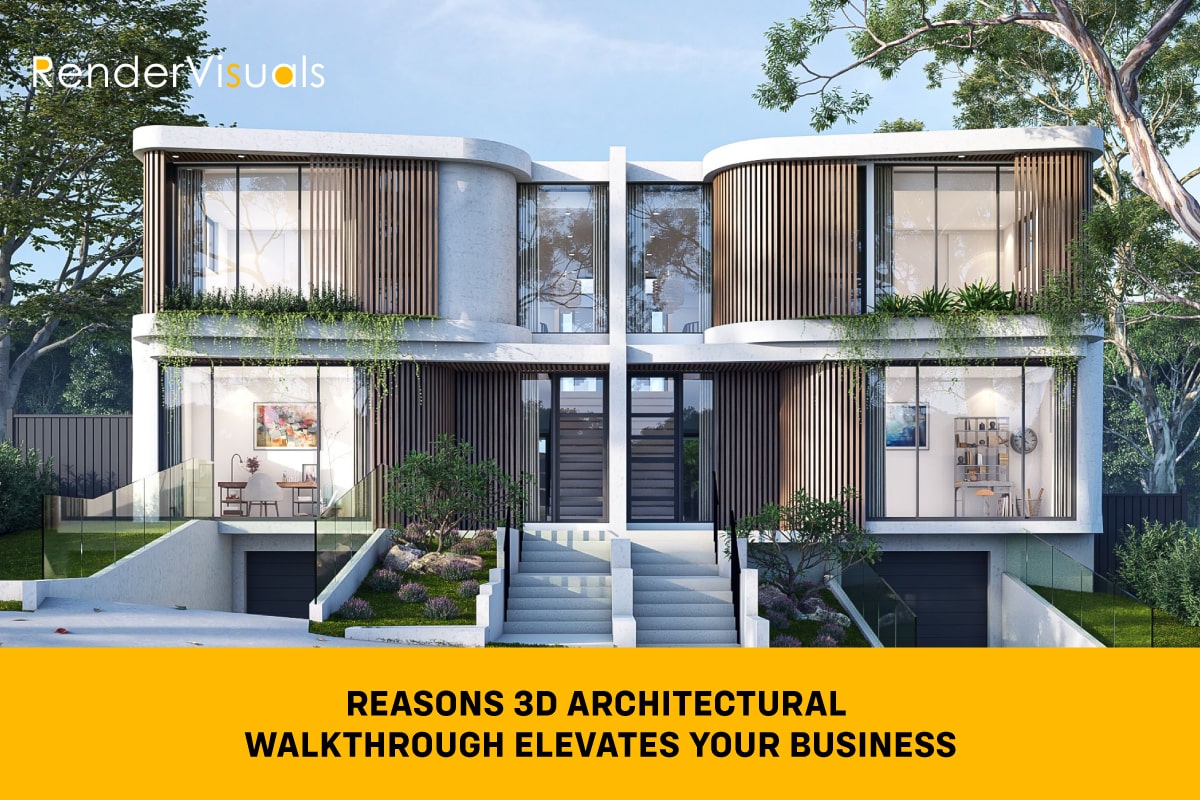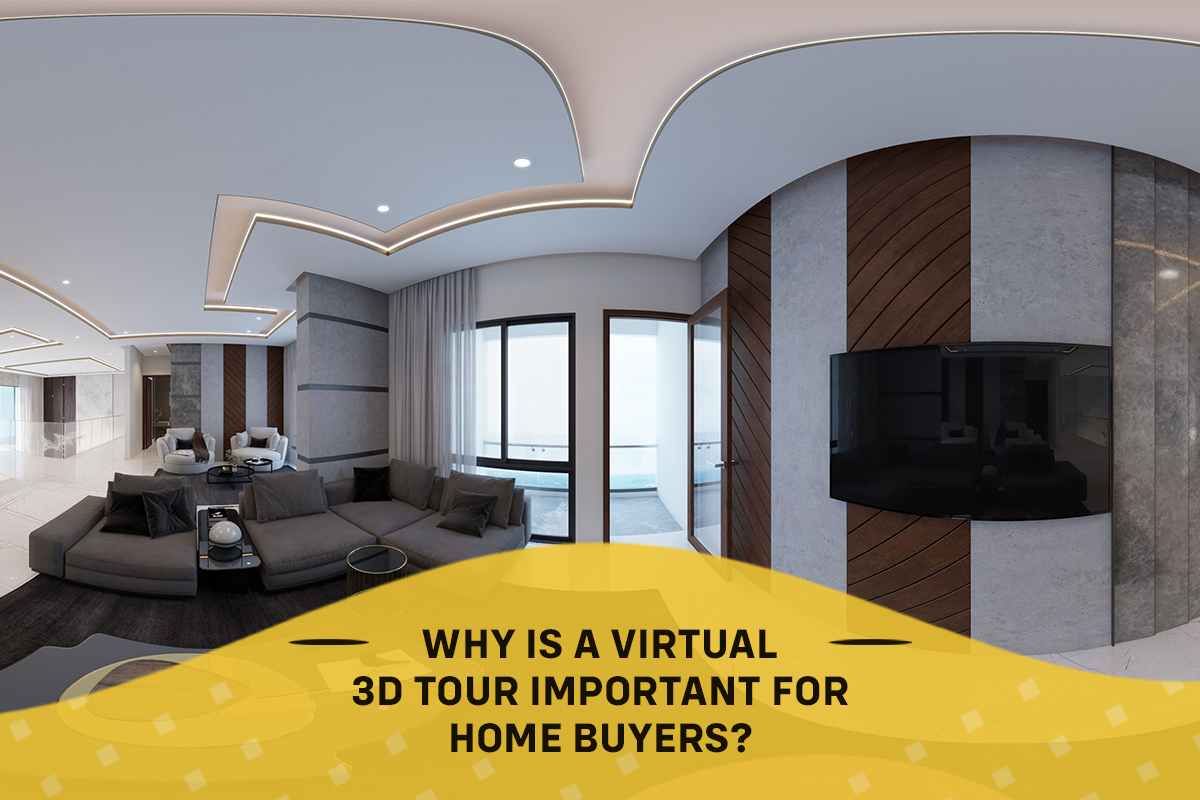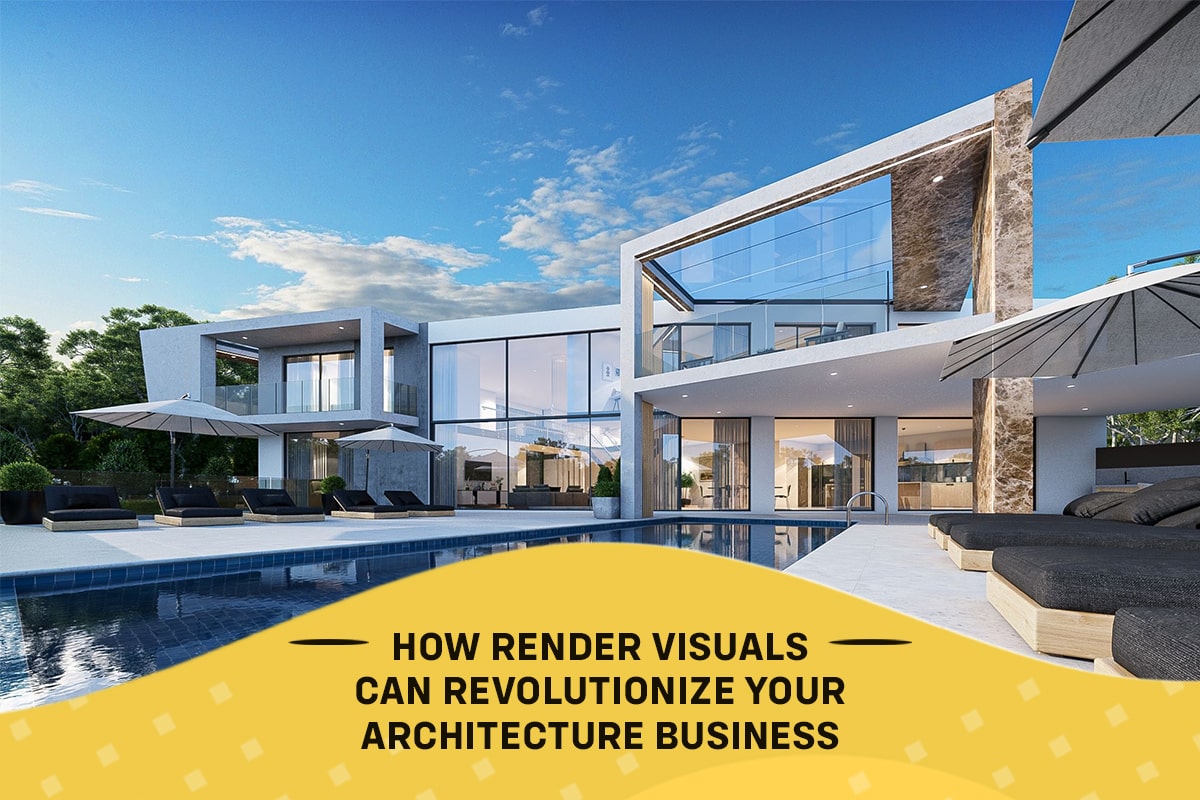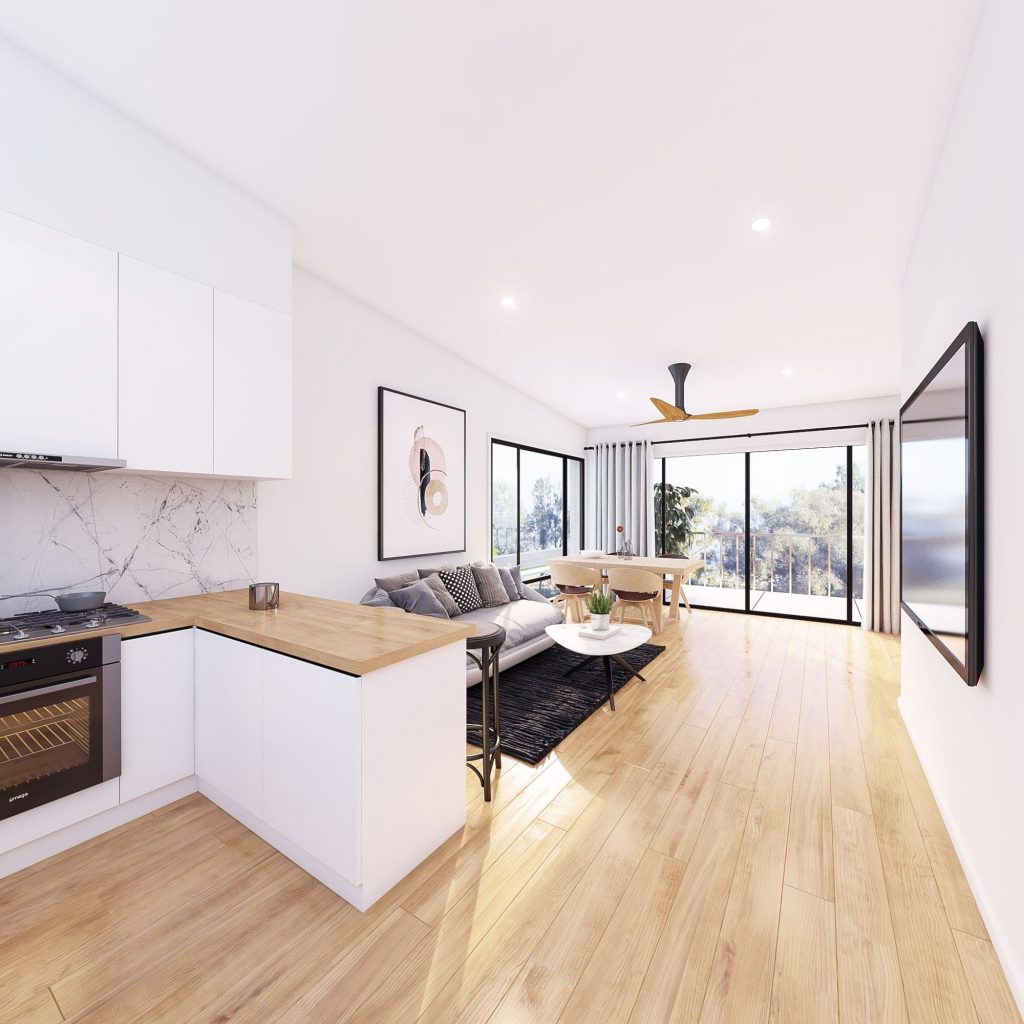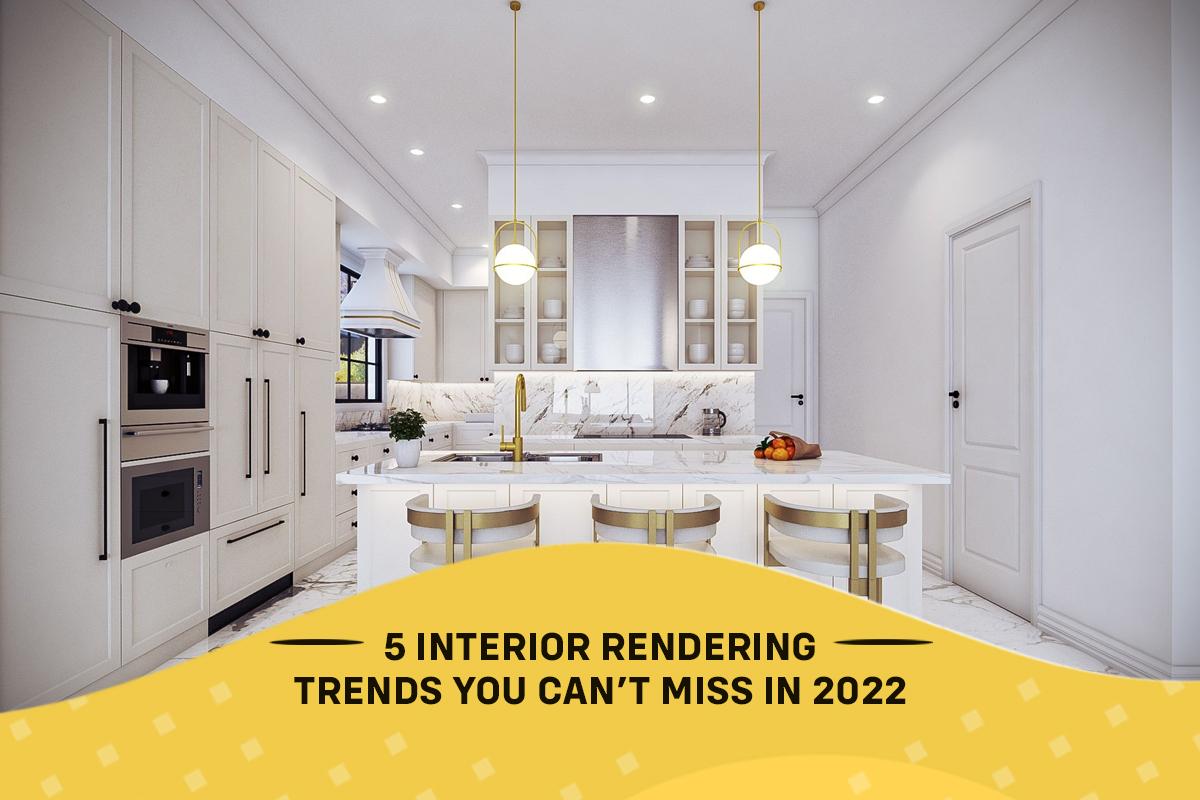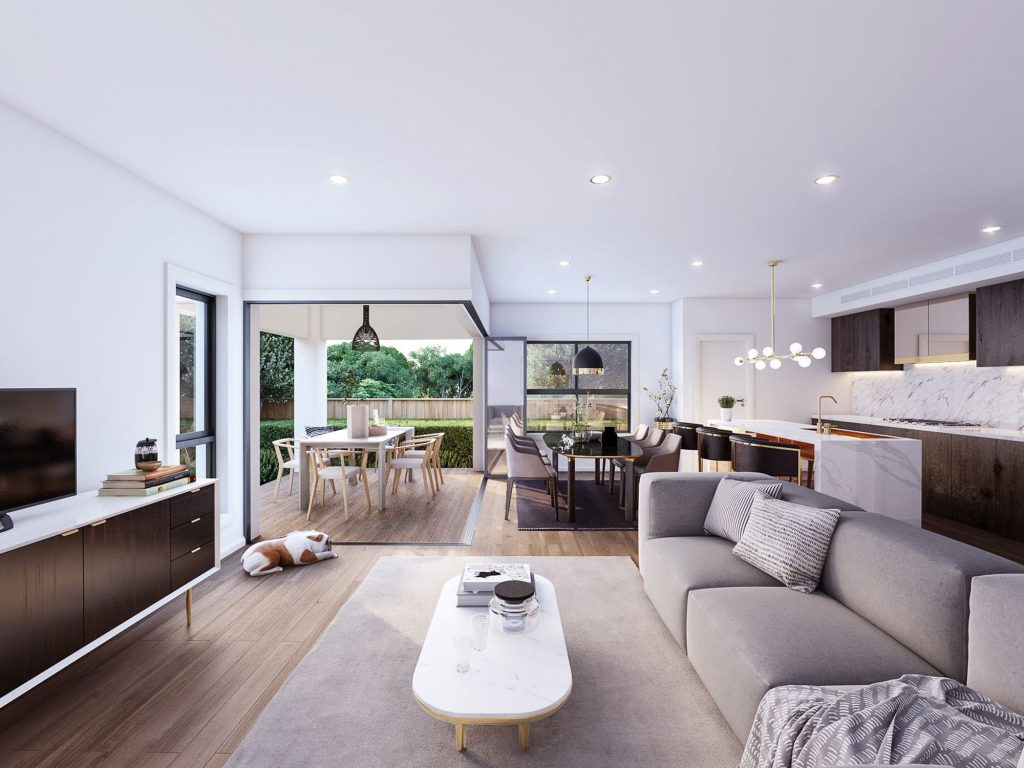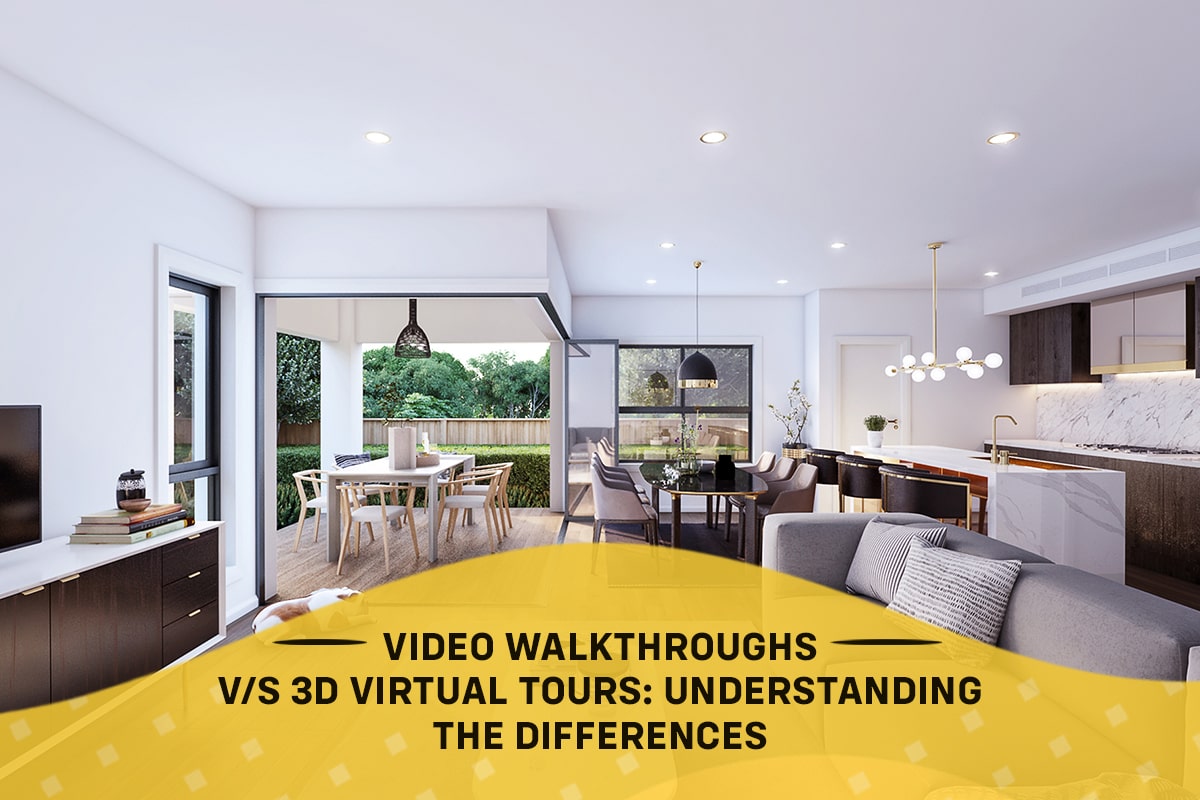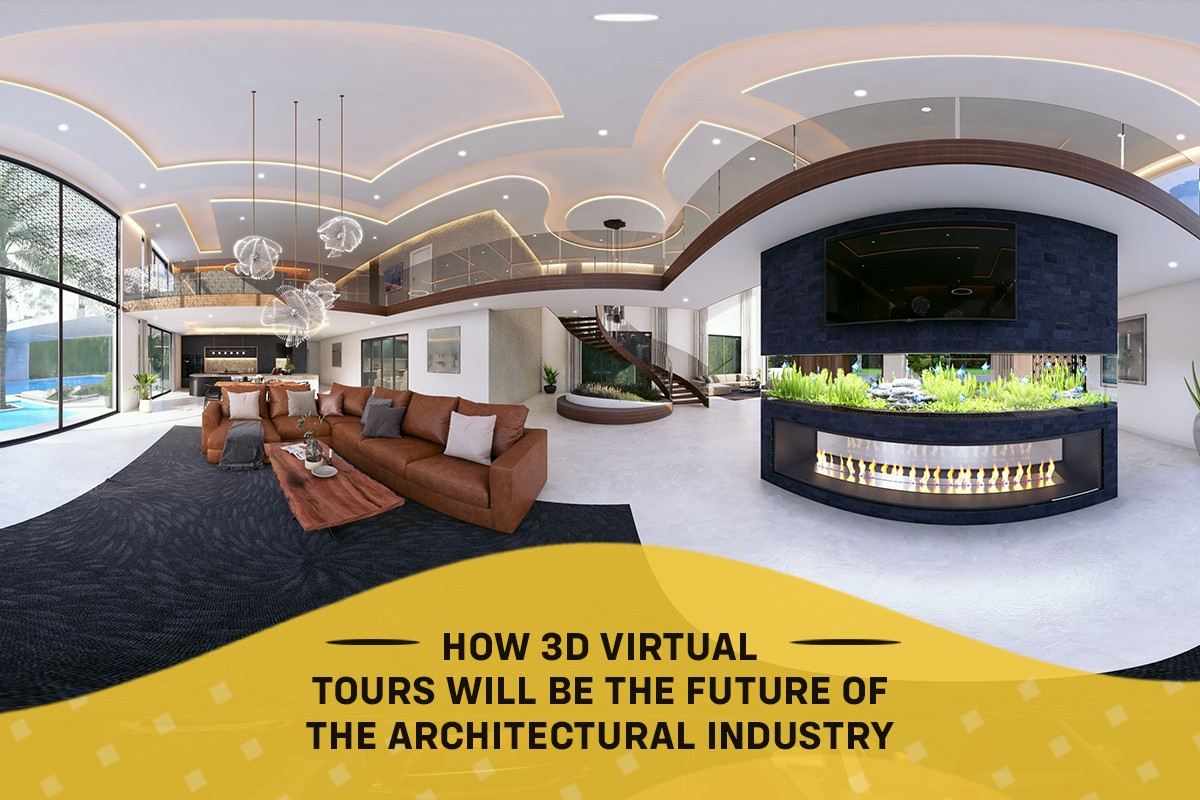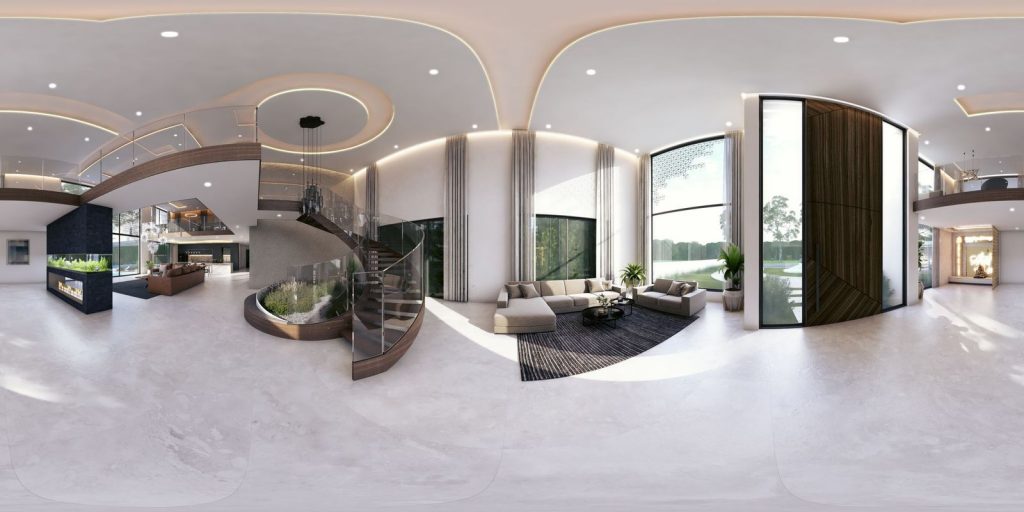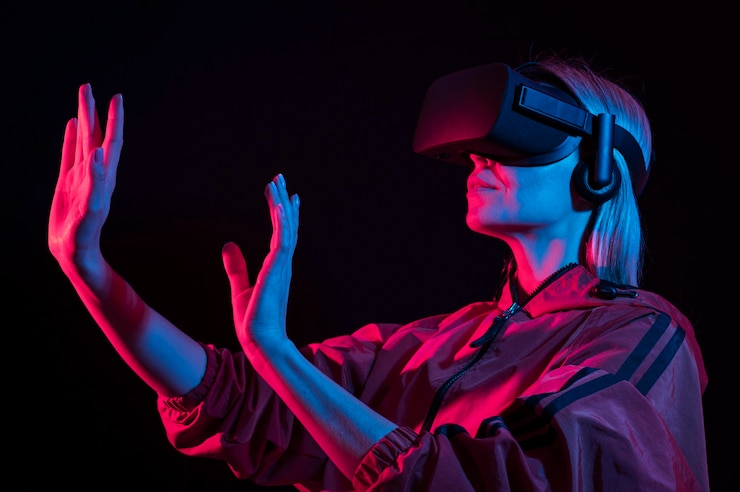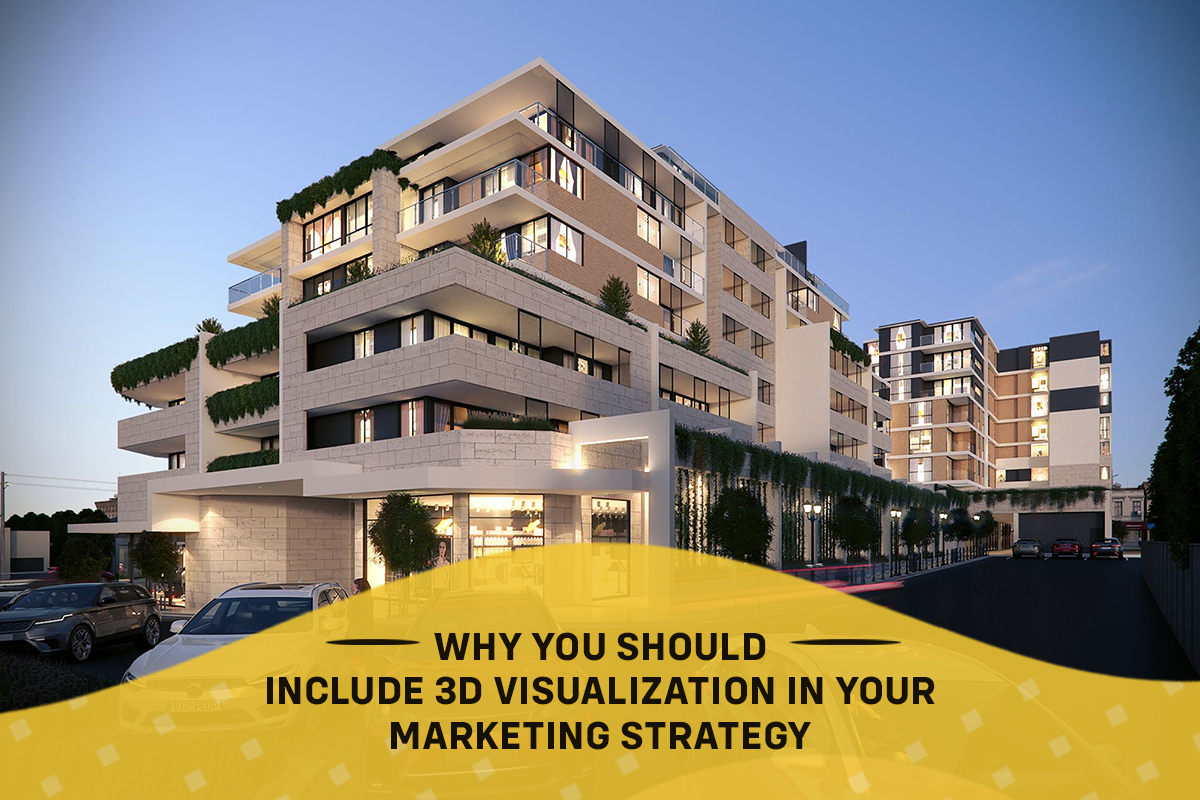Do you wish to awe your clients with a peek into your architectural masterpiece? 3D virtual tours and 3D panoramas are here to take your presentation to the next level. These revolutionary 3D rendering software programmes are making new marketing opportunities possible by challenging conventional ways of design and modelling.
Even though both 3D panoramas and 3D virtual tours offer a three-dimensional experience, there’s little variation between them. If you have any confusion regarding these two prominent 3D renderings, then keep reading to learn the differences, so you know which one to use in your next project.
3D Panorama Vs. 3D Virtual Tour
3D Panorama
A 3D panorama is typically made by merging a series of individual shots. With this method, you will be able to present one particular angle of a design. But if you put together multiple shots, your clients can “jump” from one image to the next, giving them the virtual 360-degree feeling of moving around seamlessly.
In addition to a 360 degrees panorama video, you can utilize a 3D panoramic tour. This is a 3D panorama that shows all of a person’s horizontal and vertical views of the surrounding area. While presenting your design using 360-degree technology, you’ll be able to cover every single angle of your project.
You can create a 360 degrees panorama video out of the stills for a more realistic experience. For the panoramic video presentation, try to arrange the slides chronologically by following the dimensions of the frame.
3D Virtual Tour
In a 3D virtual tour, your clients can virtually “walk through” your projects, whether it’s a big building or any outdoor model. They will experience a literal tour in virtual mode. This experience enables them to locate all the minute details of the project before its physical execution.
The 3D virtual tour is a versatile technique; therefore, your clients will be able to access it anytime, anywhere and on any device. Through this technology, you can provide a stimulating environment, and the movement from one location to the next will remain seamless.
Also Read : Are 3D Virtual Tours the Future of Real Estate Marketing?
3D Panorama and 3D Virtual Tour: Which One is Better?
A 3D panorama delivers a single viewpoint of your project unless you present it in video format by merging all the 3D pictures. On the other hand, a 3D virtual tour enables your clients to navigate every aspect of your project with a virtual experience of what it’s like to be there.
The 3D tour seems more flexible than the 3D panorama from a technical point of view. Using 3D tour models may be more helpful when presenting a major business like the tourism industry. When you don’t need that level of virtual immersion, like when you’re working on a general or small project, a 3D panorama may be a good choice.
However, based on your project type and size, you should be able to decide which technology will be most apt for your presentation.
Significance of 3D Panorama and 3D Virtual Tour
The conventional clay modelling method is limited when it comes to showing detailing. It’s also extremely expensive and time-consuming.
The advent of three-dimensional technology is life-changing for the architectural and design industries. Here are some benefits that may help you understand why you should opt for a 3D panorama or virtual tour for your upcoming projects:
- They help to present your designs effectively and accurately.
- They are cost-effective as well as time-saving.
- They provide a definite point of view of your designs.
- You can make an impression on your clients if you use one of these modern presentation techniques.
- They help to create an environment where both you and your client can experience the yet-to-start project in great detail.
- It can be a way to showcase your professionalism.
Where To Find the Best 3D Panorama and Virtual Tour Services
Give your clients a chance to interact with your designs that are created using 3D renderings. By giving them an almost real-life experience with your upcoming projects, it becomes easy to capture their interest in your ideas while also understanding their viewpoints. But are you still looking for professional advice?
Give a new look to your architectural projects with Render Visuals. Our experts will guide you to execute your ideas that match the imagination of your client by using the best 3D services. With advanced rendering software and an affordable price, Render Visuals has been offering its services to notable domestic and overseas clientele. To upgrade your presentation and become more convincing and life-like, get in touch today.

